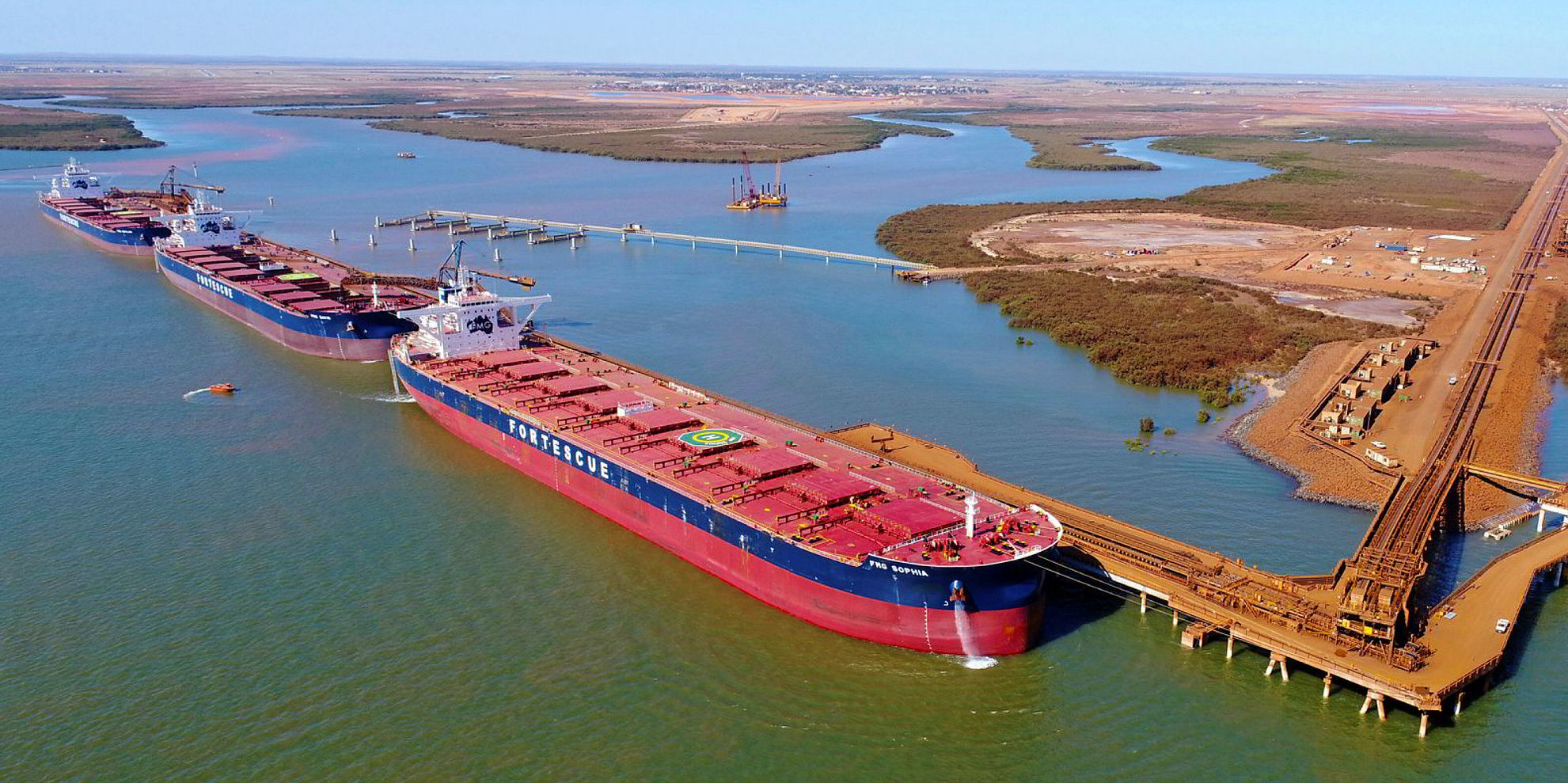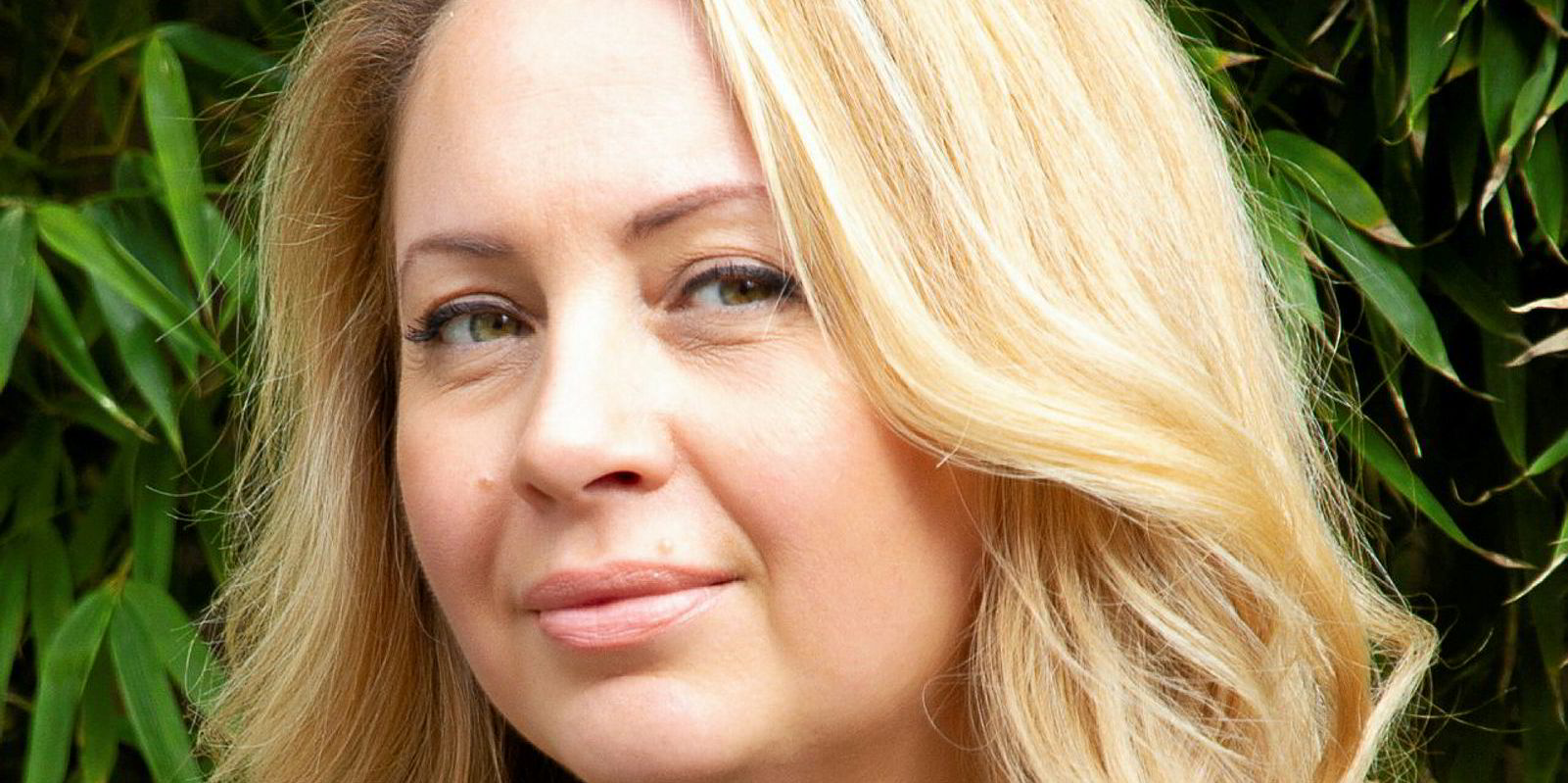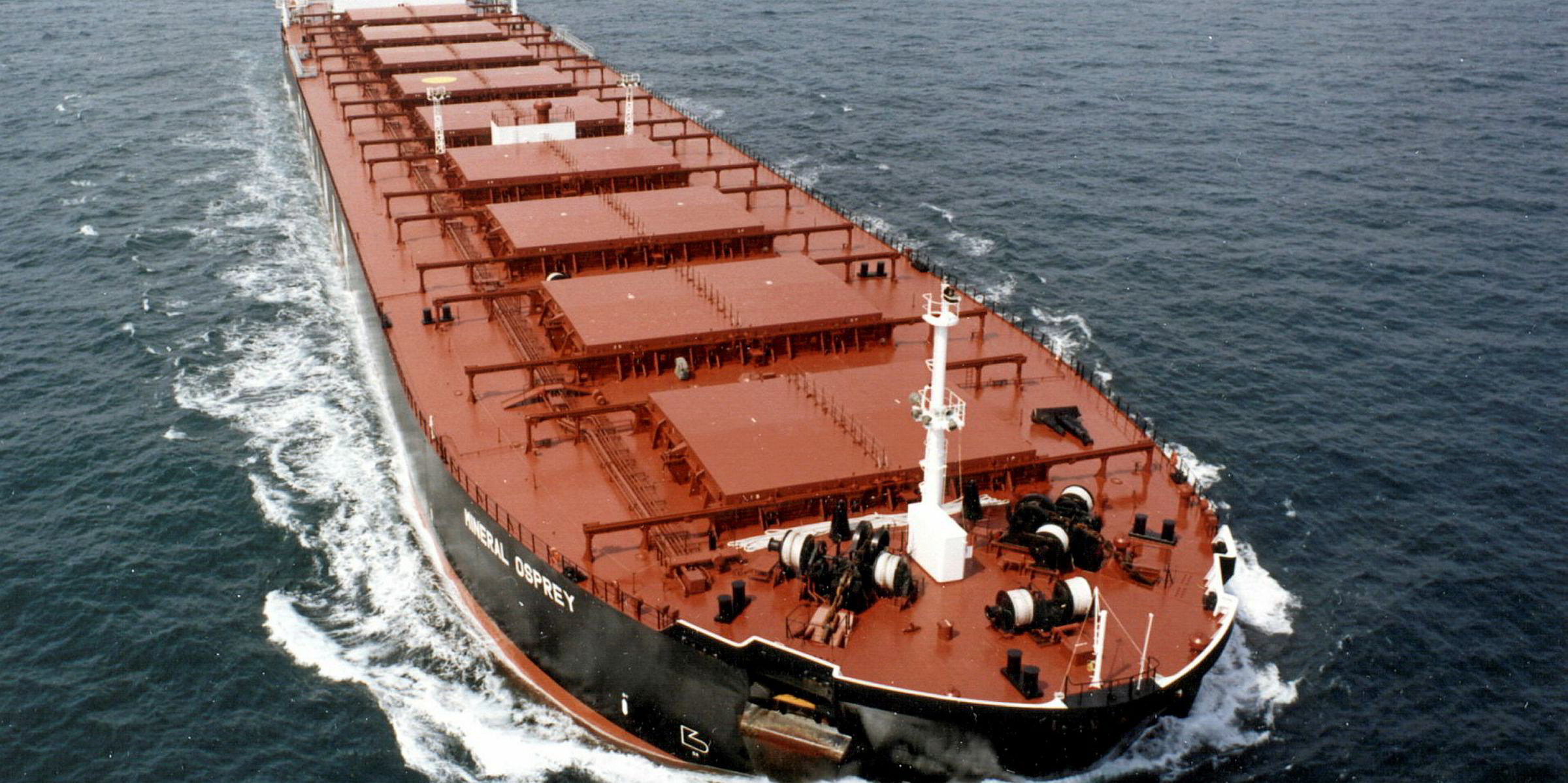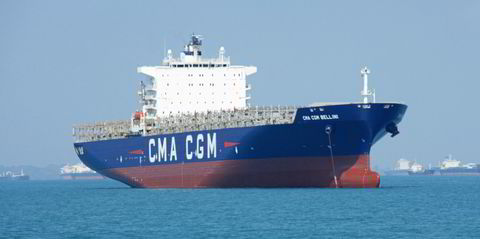If we believed that the capesize market could not get any worse this year after 2019’s disastrous first quarter — when iron ore exports from Brazil ground to a halt following the Vale dam disaster — we were very much mistaken.
The first quarter of 2020 saw the Baltic Capesize Index enter negative territory for the first time and the period market stagnated, with few fixtures reported.
Much of this downturn has been blamed on coronavirus, but other factors have been at play in the dry bulk market decline and the subsequent recovery in capesize rates.
Although the dry bulk market has come to expect a seasonal lull in the first quarter, with the Lunar New Year holidays in the Far East, we have been dealing with an exceptional situation this year as the pandemic continues to have an unprecedented effect globally.
The dry bulk market finds itself in a unique situation: demand has plummeted and, at the same time, we are seeing pressure on cargo supply because mines are being shut down, alongside all manner of logistical issues including port closures.
Increased demand from China
Pre-pandemic trade relations between the US and China appeared to be thawing. But US President Donald Trump has since been fuelling theories surrounding China’s involvement in the pandemic, to shift blame away from his administration.
Sentiment and increased demand from China are also leading the recovery as the Far East emerges from lockdown.

Stimulus measures are beginning to take effect and Chinese steel demand and production are bouncing back. It is not a new phenomenon for China to shut down and open up, although in this instance it has been for much longer and more pronounced than you would normally expect.
Macroeconomic factors have put pressure on larger bulkers, but this sector has also been affected by other external factors that have pushed rates and fixtures to levels similar to those in the wake of the dam tragedy that shut down iron ore production in Brazil last year.
In the first quarter of 2020, the average period rate for capesize bulkers on a one-year charter was $14,200 per day, up just 1% year on year. Capesizes saw additional pressure in early February from Cyclone Damien in Western Australia’s Pilbara region that caused iron ore exports from Dampier to hit an 11-year low of less than 8m tonnes.
Australia has since reported that output for March has recovered as exports from Dampier rebounded to 12.8m tonnes. Port Hedland, the world’s largest iron ore hub, experienced a jump in exports, which were 31.8% higher than for the same period last year, when exports from this terminal came to a halt due to Cyclone Veronica.
Meanwhile, activity from Brazil was significantly reduced in the first quarter. The latest statistics indicated a decline in March iron ore exports, which were 25.9% lower than a year ago, and the lowest levels since 2012, due to heavy rains and increased safety measures following the dam incident.
This, in part, is why, despite the pandemic, we are starting to see a recovery in rates for the larger vessel sizes. It is becoming a tale of two markets: capesize rates are finally showing positive sentiment as these seasonal issues come to an end in Australia and Brazil, so capes are beginning to recover.
However, global factors continue to affect the smaller vessels. The Baltic Supramax Index has fallen to the lowest levels in more than a year, and on the period front, rates remain low, with very few fixtures reported.
Improving sentiment in China is key if we are to see an overall sustained dry bulk recovery in the second quarter.
Rebecca Galanopoulos Jones is head of research at shipbroker Alibra Shipping






